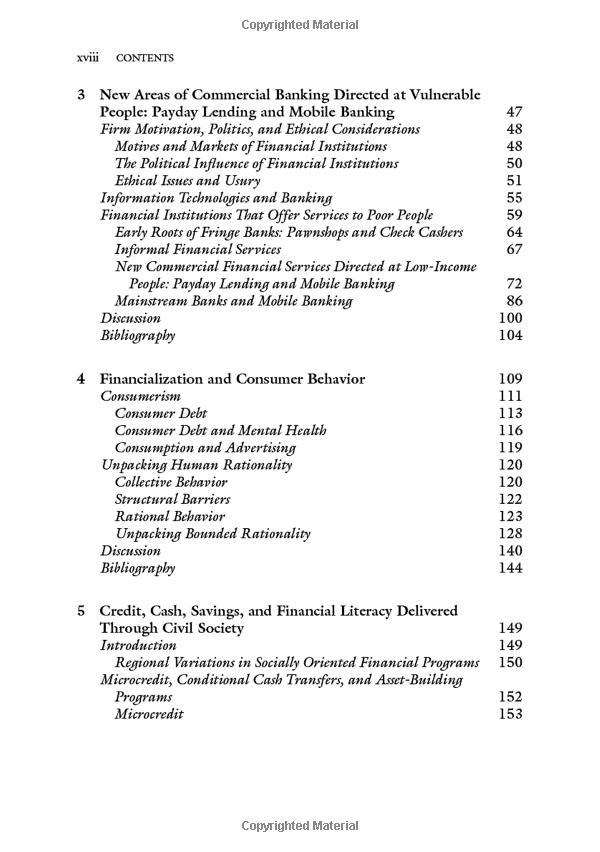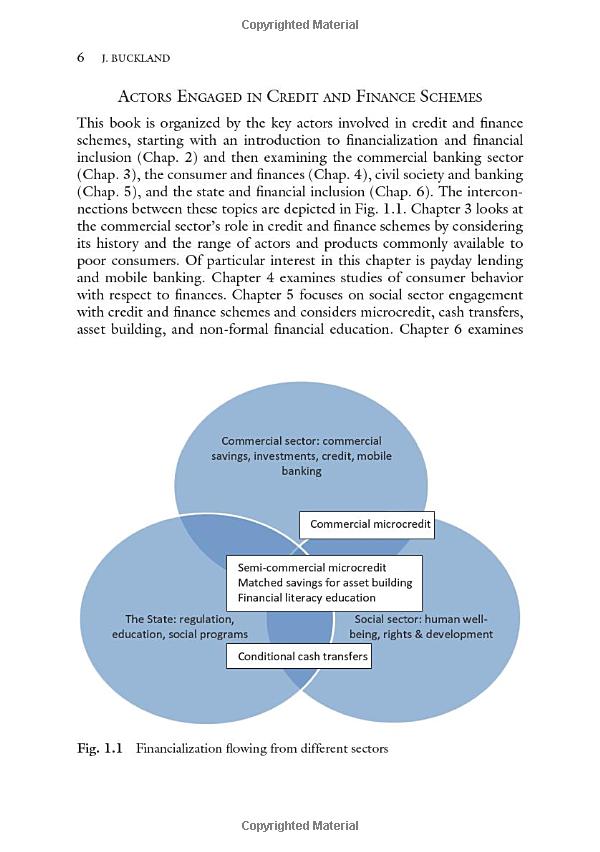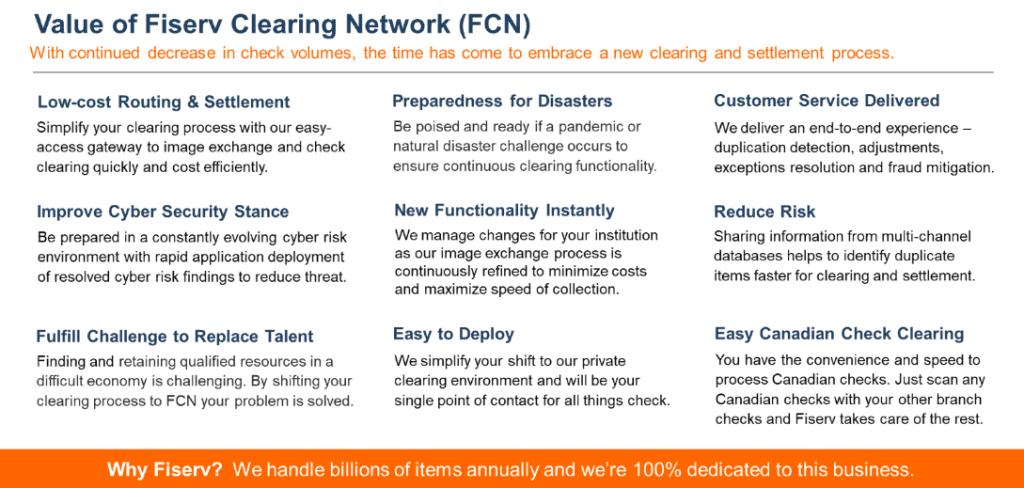Understanding Forbearance Definition Loan: A Comprehensive Guide to Financial Relief Options
#### Introduction to Forbearance Definition LoanIn the realm of personal finance, the term forbearance definition loan has gained significant traction, part……
#### Introduction to Forbearance Definition Loan
In the realm of personal finance, the term forbearance definition loan has gained significant traction, particularly among borrowers facing financial hardships. Forbearance is a temporary relief option that allows borrowers to pause or reduce their loan payments for a specified period without facing immediate penalties. This guide aims to elucidate the intricacies of forbearance definition loan, its benefits, and how it can serve as a lifeline for those in need.
#### What is Forbearance?
At its core, forbearance definition loan refers to an agreement between a lender and a borrower to temporarily suspend or lower loan payments. This option is often available for various types of loans, including student loans, mortgages, and personal loans. Forbearance can be a crucial resource during times of financial difficulty, such as job loss, medical emergencies, or other unforeseen circumstances.
#### Types of Forbearance
There are generally two types of forbearance: discretionary and mandatory. Discretionary forbearance is granted at the lender's discretion and is often based on the borrower's situation. On the other hand, mandatory forbearance is required by law for certain types of loans, such as federal student loans, under specific conditions.

#### Benefits of Forbearance
The primary advantage of forbearance definition loan is the immediate relief it provides to borrowers. By pausing or reducing payments, borrowers can manage their finances better during tough times. Additionally, forbearance can help prevent defaults, which can have long-lasting negative impacts on a borrower’s credit score.
1. **Temporary Relief**: Forbearance allows borrowers to focus on other financial obligations without the stress of making loan payments.
2. **Credit Protection**: While in forbearance, borrowers may avoid negative marks on their credit reports, provided they adhere to the terms of the agreement.
3. **Flexibility**: Forbearance terms can often be negotiated, allowing borrowers to find a solution that best fits their financial situation.

#### How to Apply for Forbearance
Applying for forbearance definition loan typically involves contacting your lender and providing documentation of your financial hardship. This may include proof of income loss, medical bills, or other relevant information. It's essential to act quickly, as forbearance agreements are usually time-sensitive.
1. **Gather Documentation**: Compile all necessary financial documents to support your request.
2. **Contact Your Lender**: Reach out to your lender's customer service or loan servicing department to discuss your situation.
3. **Submit Your Request**: Complete any required forms and submit your request for forbearance.

4. **Review Terms**: Once approved, carefully review the terms of the forbearance agreement to understand your obligations.
#### Conclusion
In summary, understanding the forbearance definition loan is crucial for anyone facing financial difficulties. This option can provide essential relief, allowing borrowers to navigate challenging times without the burden of immediate loan payments. However, it’s important to remember that forbearance is not a permanent solution; borrowers should have a plan in place to resume payments once the forbearance period ends. By being informed and proactive, you can effectively utilize forbearance as a tool for financial stability.